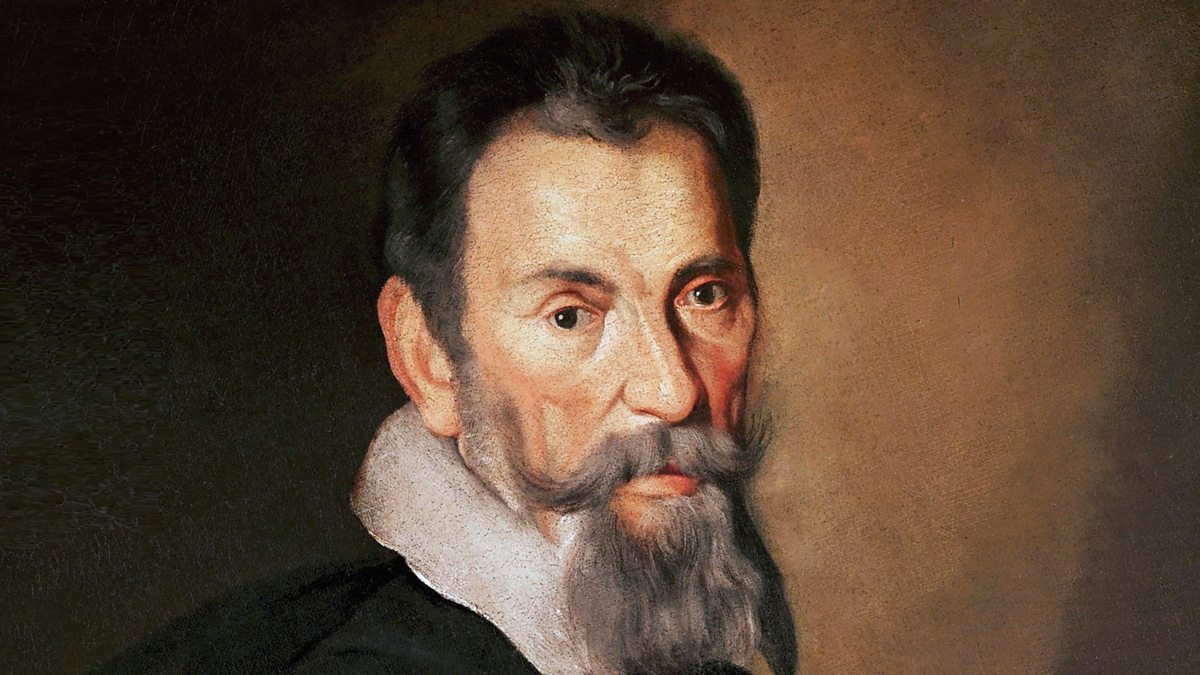The History of L’incoronazione di Poppea by Claudio Monteverdi
Introduction
L’incoronazione di Poppea (The Coronation of Poppea) stands as one of the most important and revolutionary works in the history of opera. Composed by Claudio Monteverdi, one of the great pioneers of Baroque music, this opera marks a turning point in musical history. Premiered in Venice in 1643, L’incoronazione di Poppea broke with many traditions of its time, both in musical style and dramatic subject matter.
The Context: Venice and the Rise of Public Opera
By the early 1640s, Venice had become a thriving center for the arts and entertainment. Unlike earlier operas, which were reserved for courts and aristocratic audiences, Venice introduced public opera houses where paying audiences from different social classes could attend performances. This new environment encouraged composers to create works that were both dramatically engaging and accessible to the general public.
Monteverdi, then in his seventies, embraced this opportunity to create an opera that reflected the tastes and interests of this new, diverse audience.
The Libretto: Political Intrigue and Moral Ambiguity
The libretto of L’incoronazione di Poppea was written by Giovanni Francesco Busenello, a Venetian lawyer, poet, and member of the intellectual circle known as the Accademia degli Incogniti. The text draws inspiration from Roman history, focusing on the scandalous and morally complex relationship between the Roman Emperor Nero (Nerone) and his mistress Poppea.
Unlike earlier operas that often drew from mythology or idealized love stories, Poppea is notable for its realism and psychological depth. The opera portrays ambition, lust, betrayal, and political manipulation. It presents morally flawed characters who are neither entirely heroic nor villainous, reflecting a more nuanced and human view of the world.
Monteverdi’s Musical Innovations
Musically, L’incoronazione di Poppea represents the culmination of Monteverdi’s innovations in the field of opera:
- Expressive Recitative: Monteverdi uses recitative to closely mirror natural speech patterns, enhancing the dramatic realism of the dialogue.
- Arias and Duets: The opera includes memorable arias and duets, the most famous being the final duet “Pur ti miro”, a beautiful and sensual love song between Nero and Poppea.
- Orchestration: The orchestration in Poppea is relatively modest but highly expressive, with instruments chosen to underline the emotional states of the characters.
- Characterization through Music: Monteverdi paints each character with individualized musical language, making them psychologically complex and emotionally engaging.
The First Performance and Reception
L’incoronazione di Poppea was first performed at the Teatro Santi Giovanni e Paolo in Venice during the 1643 carnival season. It was one of the earliest operas to be based on real historical figures rather than mythological or allegorical characters.
The opera was well received by Venetian audiences, who were captivated by its blend of drama, romance, and political intrigue. The opera’s success helped solidify Monteverdi’s legacy as a master of both sacred and secular music.
Manuscript History and Modern Editions
Unfortunately, the original score by Monteverdi has not survived in its complete form. The versions of L’incoronazione di Poppea that exist today are based on two 17th-century manuscript copies, which show differences in orchestration and vocal parts.
As a result, modern performances are often based on reconstructions and editorial decisions made by musicologists and conductors. Scholars have worked meticulously to recreate what they believe Monteverdi intended, and as a result, different recordings and productions may vary significantly.
Legacy and Modern Performances
Today, L’incoronazione di Poppea is considered one of the greatest early operas and a cornerstone of the Baroque operatic repertoire. Its themes of power, desire, and moral ambiguity continue to resonate with modern audiences.
The opera has been staged by major opera houses around the world, with innovative interpretations ranging from historically informed performances with period instruments to bold modern reimaginings in contemporary settings.
Monteverdi’s groundbreaking approach to musical storytelling in Poppea has influenced generations of composers and remains a touchstone for lovers of opera and Baroque music.
Conclusion
L’incoronazione di Poppea marks a defining moment in the history of Western music. Through its realistic characters, emotional depth, and musical innovation, Claudio Monteverdi created an opera that still speaks powerfully to audiences nearly four centuries after its premiere. Whether you’re a newcomer to opera or a seasoned enthusiast, experiencing Poppea offers a glimpse into the origins of modern musical drama and the timeless power of the human voice.


Comments are closed